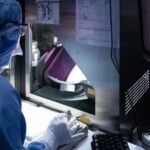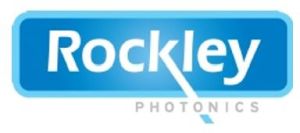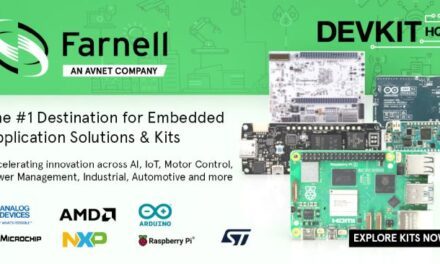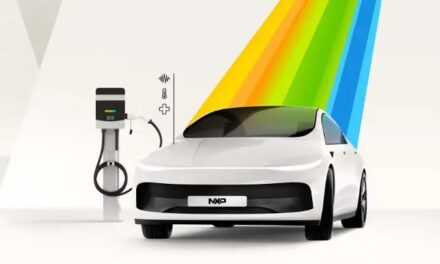
Rockley Photonics lève 52 M$ de plus

Le Californien Rockley Photonics, un fournisseur de solutions photoniques sur silicium, annonce une levée de fonds de 52 millions de dollars. Ce dernier cycle de financement porte le total des fonds recueillis par Rockley à 165 millions de dollars.
 Rockley Photonics, a fabless supplier of silicon photonics chipsets, IP and custom designs for high-volume optics applications, announces the successful first closure in its Series E funding round. Investors in the additional $52 million funding include a key strategic partner, Morningside Technology Ventures and numerous private investors. This latest funding round takes the total raised by Rockley to date to $165 million.
Rockley Photonics, a fabless supplier of silicon photonics chipsets, IP and custom designs for high-volume optics applications, announces the successful first closure in its Series E funding round. Investors in the additional $52 million funding include a key strategic partner, Morningside Technology Ventures and numerous private investors. This latest funding round takes the total raised by Rockley to date to $165 million.
Mahesh Karanth, chief financial officer at Rockley explained: “With this latest round of investment, Rockley is strengthening its position as a leading integrated silicon photonics solutions provider. It will support the full execution of our business plan and continued growth as we make significant strides in co-packaging for optoASICs and data center connectivity, LiDAR and consumer electronic applications.”
Silicon photonics involves the micro-integration of optical functions on silicon chips and is the optical counterpart of micro-electronic integrated circuits. The innovative technology transforms applications that were once the domain of traditional, pure electronic chip technologies. It is evolving into a core enabling technology for numerous burgeoning markets including Web 2.0 data centers, 5G, AI, autonomy, machine vision and healthcare. Yole Développement estimated the global market for silicon photonics to be worth $500 million in 2018 with growth predicted to exceed $3.5 billion by 2025.
Andrew Rickman, chief executive officer at Rockley added: “Rockley is uniquely positioned having developed a proprietary photonics platform and manufacturing technologies, underpinned by a depth of expertise that goes back some 30 years. We are currently using our platform to address applications in the data center and high-performance computing, medical and life sciences, and 3D imaging/sensing verticals with the potential for additional verticals in the future.”












